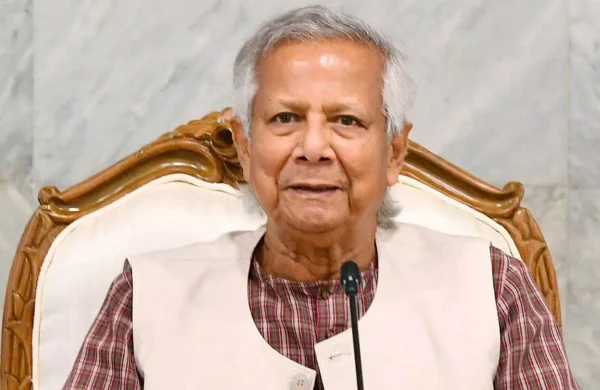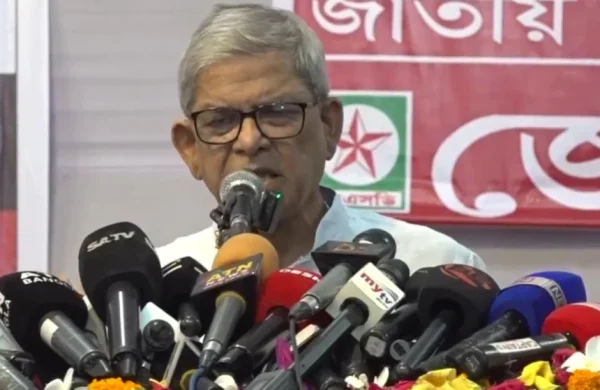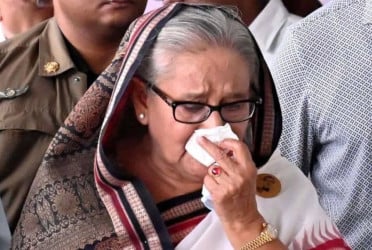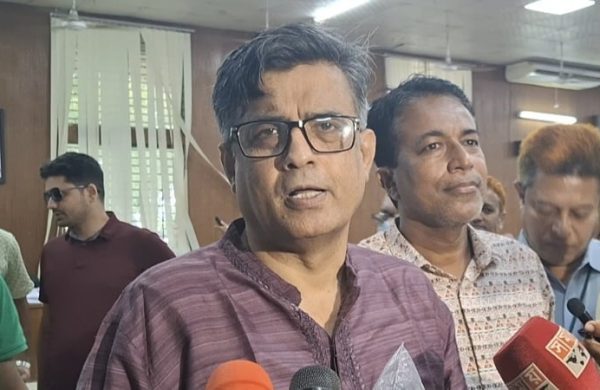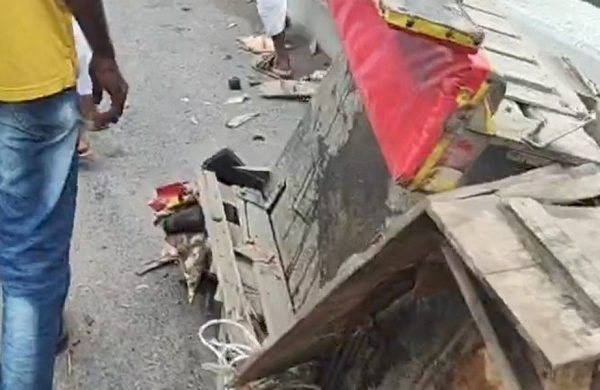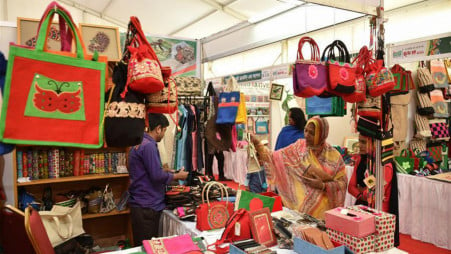Locomotives with missing components raise accident risk in Railway
- Update Time : Thursday, October 30, 2025
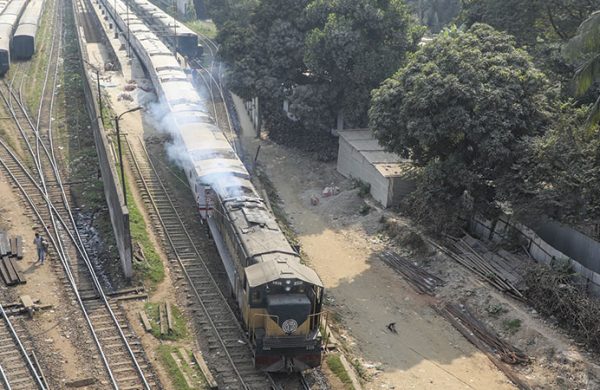
Staff Correspondent:
Bangladesh Railway is facing severe operational challenges due to an acute shortage of locomotives (engines). The crisis has also affected engines that are still technically fit for service. In the eastern zone, there is a daily demand for 116 engines, but only 75 to 80 are currently available. About one-third of those are operating with fewer traction motors than required. To maintain train schedules, the railway is managing services by using the same engines on multiple routes — detaching an arriving locomotive and immediately connecting it to another train. However, this workaround has reduced speed capacity, increased engine failures, and increased accident risk. Without a rapid import and installation of spare parts, both passenger and freight operations could be disrupted.
Official records show that even though 75 to 80 engines are technically available, some are being used for other purposes, such as rescuing derailed trains. Fifty-four engines are currently running passenger and freight services. But by far the most significant challenge lies in the shortage of traction motors. Among the 54 engines currently running, 27 are operating with fewer motors than originally designed. Of the 30 engines last imported from South Korea’s Hyundai Rotem, half are now sitting idle in workshops because of accidents or mechanical failures. Among the remaining 15 in service, five are running with only two motors instead of the usual four. Consequently, even the newest engines in the eastern zone are operating at half their intended capacity, resulting in slower speeds and frequent breakdowns.
Similarly, among 25 engines in the 2900 series, ten are running on three motors and four on two. In the 2700 series, not a single operational engine is running on all its intended motors; three are running with three motors, and one with two. In the 2600 series, two of the nine engines run on three motors, and two on two motors. In total, 27 engines are running below standard capacity — 15 with three motors and 12 with only half their motors active.
Regarding the situation, Bangladesh Railway Director General Md Afzal Hossain told journalists, “Already the railway faces a shortage of locomotives. And the delay in taking early action has worsened the spare parts crisis. As the eastern zone uses meter-gauge engines, sourcing parts from the global market has become increasingly difficult. Traction motors and other essential components must be imported well in advance. We are now taking special measures to speed up the import process. But it will still take at least six months to bring in the required parts. In some cases, after purchasing orders, the manufacturing companies may take up to a year to produce the parts. There is no alternative but to wait until then.”
According to the Working Time Table-53 of Bangladesh Railway, there are 153 locomotives in the eastern zone. Three were declared unfit in 2023, reducing the total to 150. Of the 116 engines needed daily, 72 are assigned to passenger trains, 13 to freight, 16 to shunting, 2 to shuttle services, 2 to projects, and 11 to relief and other purposes. Although official documents show the supply as 100, in practice, only 75 to 80 engines are available.
Data analysis shows that 72 locomotives have been allocated for 160 passenger trains and eight container trains in the eastern zone, meaning each engine is connected to an average of 2.65 trains per day. Since the full allocation is not available, each locomotive is effectively being used to operate approximately three trains within 24 hours. Experts say this level of utilization is risky for old engines and compromises operational safety. As a result, trains are running at lower speeds, breakdowns are becoming more frequent, and overall service quality is declining.
A similar situation exists in the western zone of the Bangladesh Railway. This zone mainly operates broad-gauge locomotives. It has more than 150 engines with a daily demand exceeding 100. Of these, 62 engines are needed for passenger trains, 19 for freight, five for shunting, four for project work, two for BT (ballast train) operations, three for relief trains, and two for shop pilots. The remaining 28 are kept as maintenance spares. As a result, most locomotives are being used for multiple train services each day.
Documents show that on October 27, 2024, the Central Locomotive Workshop (KELOKA) requested the railway authorities to urgently procure and supply 2,616 parts of 91 different types to repair a total of 15 engines. A year has passed since then, but most of these parts have not been imported. Consequently, when trains break down or are damaged in accidents, the railway has been reusing repaired engines fitted with old parts. In some cases, these engines have broken down again just days later, or even on a single trip after being returned to service.
At the same time, because genuine parts have not been purchased from the global market for years, overhauling work for 15 and other old locomotives has come to a halt. Workshops are now managing the crisis by using locally-made spare parts. Half of the 3000-series engines (the latest imported batch) are currently out of service. Unless spare parts are imported and repairs completed quickly, the quality of train operations in the eastern zone is expected to deteriorate further. The operations and commercial departments have also reported that trains running with fewer traction motors are now slower, causing delays and schedule disruptions on a regular basis.
Several officials from the railway’s transportation division, speaking on condition of anonymity, told journalists, “We have repeatedly urged the mechanical engineering division to supply sufficient engines over the years. But the situation has not improved. The same engines that return from workshops after repair break down again within days. In some cases, even overhauled engines from the Central Locomotive Workshop have failed within a month of being put back into service.” They added that due to this failure by the mechanical engineering division, Bangladesh Railway has been unable to expand operations, increase revenue, or turn the railway into a profitable entity despite the growing passenger and freight demand.



